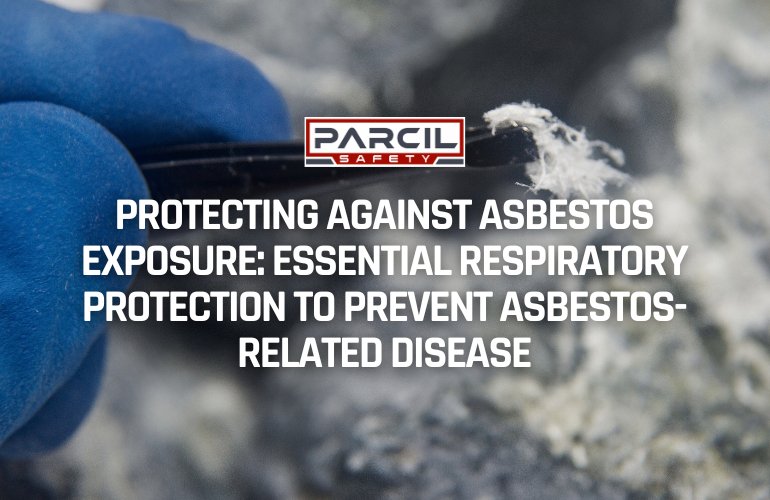Understanding the Risk: Asbestos and Related Diseases

Given these statistics, respiratory protection and preventive measures are not only recommended but essential for anyone at risk of asbestos exposure.
Asbestos Exposure Prevention: Key Steps and Best Practices

- Identify Asbestos-Containing Materials (ACMs): Before beginning any project in older buildings or structures, conduct an asbestos inspection. Hire certified professionals to identify any ACMs, especially in insulation, flooring, roofing, and piping.
- Ensure Proper Training and Awareness: Training workers and DIYers on asbestos risks and handling procedures can significantly reduce exposure. OSHA and EPA guidelines provide critical information for industries working around asbestos.
- Use Engineering Controls: Utilize methods to contain or reduce airborne asbestos fibers. Wetting materials, using specialized HEPA vacuums, and setting up containment zones can drastically lower exposure risks.
Respiratory Protection: Essential Gear for Asbestos Safety
Choosing the Right Respirator for Asbestos Protection

- Half-Face Respirators: These respirators cover the nose and mouth, providing protection when fitted with P100 filters. Half-face respirators are suitable for lower-risk environments, such as minor renovations or maintenance tasks.

- Full-Face Respirators: Offering enhanced protection, these respirators cover the entire face and include a P100 filter option. They shield the eyes, which can be susceptible to irritation from asbestos dust, making them ideal for high-risk areas.
- Powered Air-Purifying Respirators (PAPRs): PAPRs use a battery-powered blower to pass contaminated air through a filter, supplying purified air to the user. They can be fitted with P100 filters and are more comfortable for prolonged use, especially in industrial settings.
Proper Use and Maintenance of Respiratory Equipment
- Fit Testing and Seal Checks: For optimal protection, ensure respirators fit correctly and create a secure seal around the face. Fit tests should be conducted to ensure no gaps between the mask and skin where fibers could enter.
- Filter Replacement: Replace P100 filters regularly, especially in high-risk or high-dust environments, to maintain efficacy.
- Regular Cleaning and Inspection: Inspect and clean respirators after each use, following manufacturer instructions. This routine reduces wear and tear, ensuring the respirator’s longevity and reliability.
Parcil Safety’s Commitment to Protecting Against Asbestos

Why Use Parcil Safety Respirators?
- Durable Materials: Our masks are built for demanding environments, ensuring they last longer and provide consistent protection.
- Ergonomic Design: Parcil Safety respirators are designed for comfort, allowing users to wear them longer without discomfort.
- Extensive Range of Filters: Choose from a wide selection of filters, including P100 and multi-purpose options, to meet diverse protection needs.
Additional Resources
- OSHA's Asbestos Standards for General Industry and Construction
- The Environmental Protection Agency’s Asbestos Information
By prioritizing proper respiratory protection, we can collectively prevent asbestos-related diseases and create safer workspaces worldwide.




















Leave a comment
All comments are moderated before being published.
This site is protected by hCaptcha and the hCaptcha Privacy Policy and Terms of Service apply.